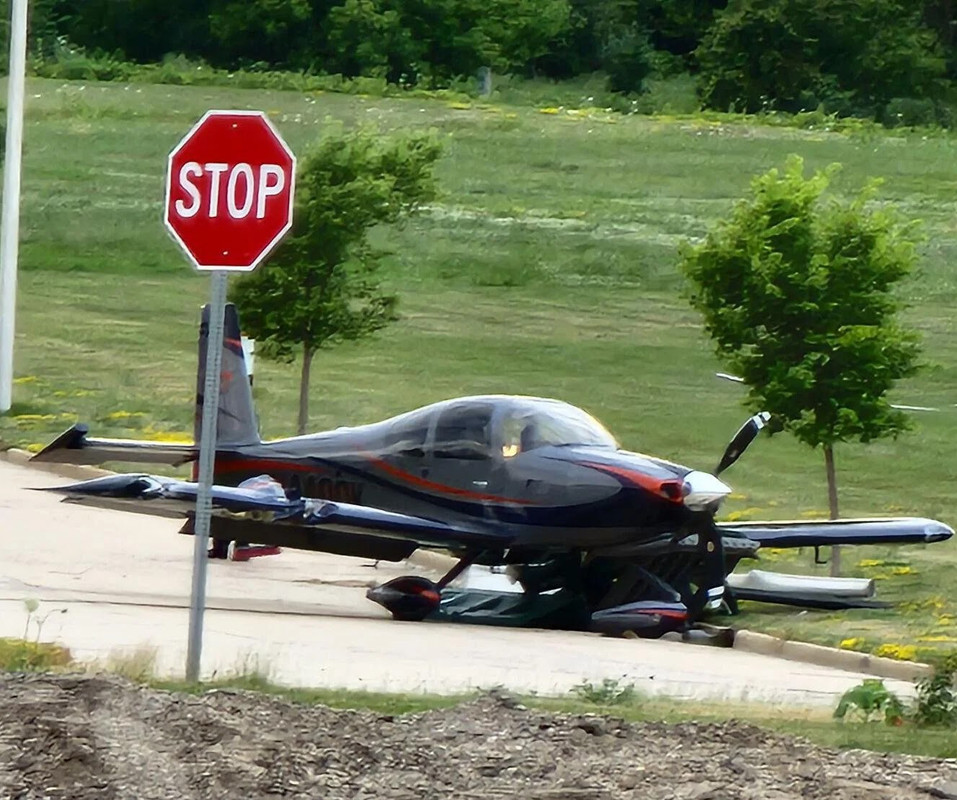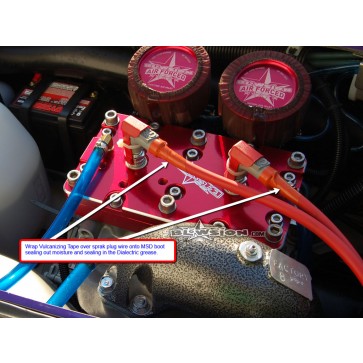https://data.ntsb.gov/carol-repgen/api/ ... 105561/pdf
The pilot of the airplane stated that after departure he heard a “very loud pop” from the engine and then saw smoke enter the cockpit. After the smoke cleared, he decided to perform an off airport landing even though the engine continued to operate. He stated that he did not check the engine gauges to evaluate any anomalies. The pilot reported that the engine was operating after he heard the “loud pop” noise. During the approach to the field, the pilot added engine power to avoid hitting power lines. The airplane impacted a soccer goal, a streetlight, and a portable toilet, which resulted in substantial damage to the fuselage and right wing.
Postaccident examination of the engine found the spark plug wire boot for the No. 6 cylinder was not connected to the spark plug and was found resting on the exhaust pipe. The rubber boot likely sustained thermal damage when it contacted the exhaust pipe; there were no other mechanical anomalies that would have precluded normal operation.
A review of the maintenance records showed that 79.7 hours had accumulated on the engine since the last inspection, which was a condition inspection. It possible that the spark plug wire boot was not secured during the last maintenance work performed. Based on the available records, investigators were not able to determine why the spark plug wire boot was unsecured.





